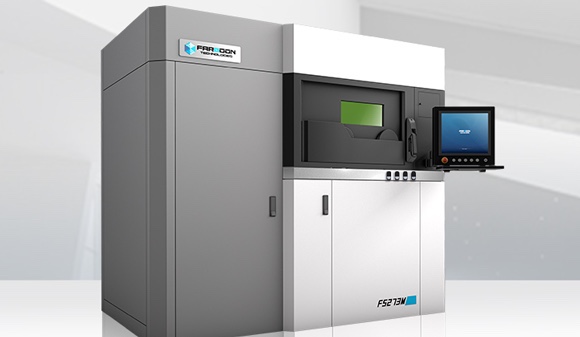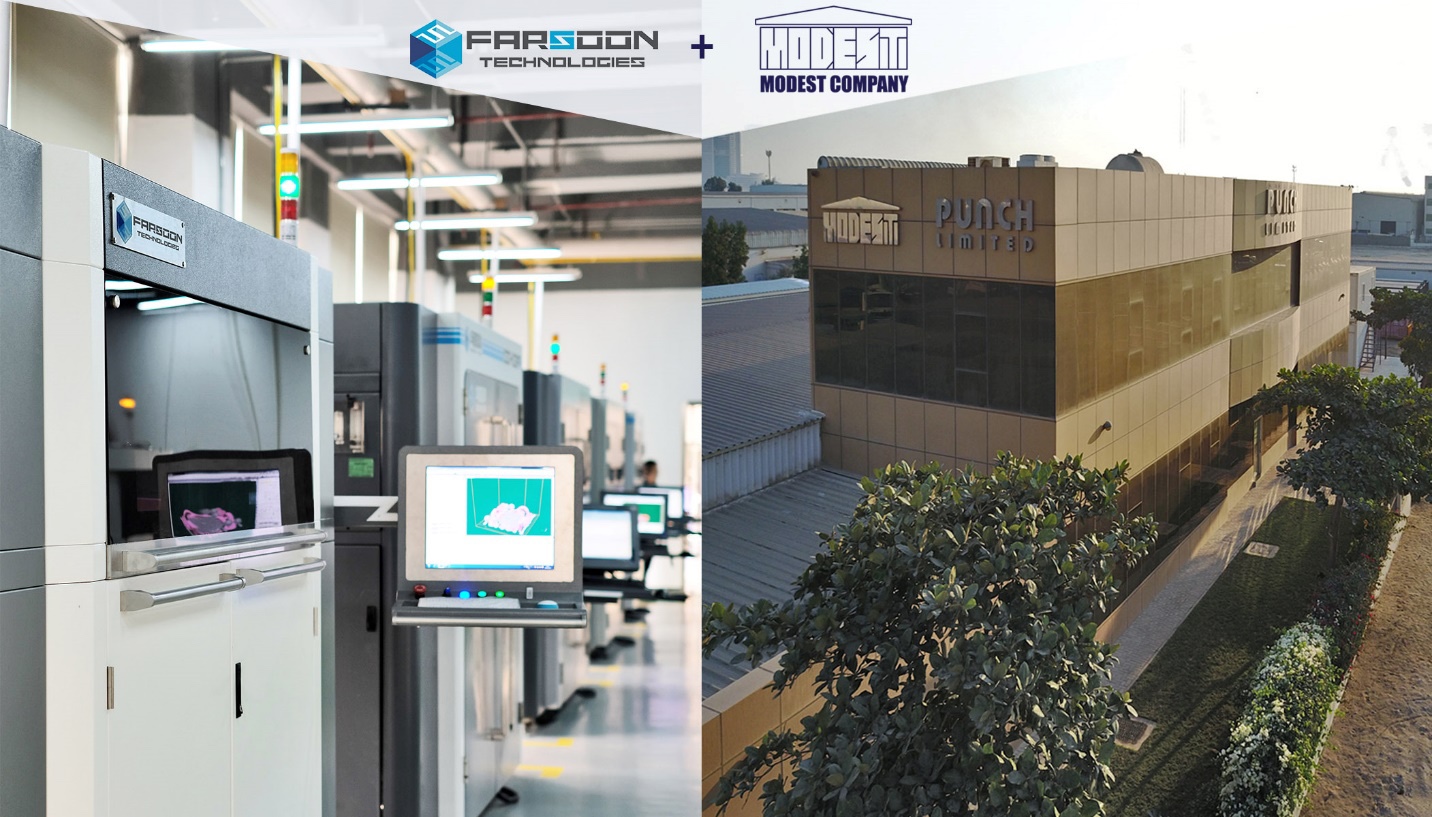At the end of 2021, I wrote about Farsoon Technologies’ impressive year, which concluded with the Chinese laser sintering specialist announcing record sales for November. I finished the post with this comment: “…as big a 2021 as [Farsoon] had, 2022 will be even bigger.” Since the new year is still barely three weeks old, it remains to be seen whether that will be the case, but Farsoon does certainly seem to be starting 2022 off on the right foot.

The company has just announced a new partnership with Modest Company LLC — founded in 1974, and headquartered in Dubai — which has interests in a variety of sectors, but is especially prominent in the construction and oil industries. Under a new division called 3DTIV Tech, presumably started owing specifically to this partnership, Modest will take care of distribution and maintenance services of Farsoon machines, not just in the United Arab Emirates (UAE) and other countries across the Middle East, but also in Eastern Africa (Tanzania and Kenya). In addition, in April, 3DTIV Tech is planning to open an Additive Manufacturing Demonstration Center in Dubai, which will feature five Farsoon metal and plastic machines: the Flight HT403P, the HT403P, the eForm, the FS273M, and the FS121M.
In a press release, Ali Akbar Khimjee, Director of 3DTIV Tech, commented, “With over 10 years of research and development in the field, Farsoon Technologies is at the forefront in this dynamic industry and our partnership will present the region with innovative opportunities to a wide range of enterprises. This collaboration in the revolutionary ‘Industry 4.0’ as it’s known, is sure to expand worldwide and we want to be a part of this journey.”

Notably, this announcement comes at the same time as a variety of stories are being released concerning China’s growing role in the Middle East and Africa, and what that means, both for Chinese foreign policy in those regions, as well as in terms of the burgeoning U.S.-Chinese Cold War. Most significantly, at the end of a series of discussions in eastern China last week, where the PRC hosted envoys from a number of Middle Eastern states, the Chinese foreign minister, Wang Yi, said, “China has always supported the Middle East to realize stability and to speed up its development. We believe the people of the Middle East are the masters of the Middle East. There is never a ‘power vacuum’, and there is no need of ‘patriarchy from outside’.”
Even amid deals like the one covered in the present post, there’s no real contradiction to what Minister Wang said. There’s no power vacuum because China filled the power vacuum before one emerged; there’s no ‘patriarchy from outside’ because, being an Asian power that is connecting itself directly to the Middle East with its Belt and Road policies, China can very well be seen as a ‘patriarchy from inside’, at least by comparison with the U.S.’s crumbling empire in the region. There is, however, a contradiction in another point the foreign minister made: “The Middle East needs development and regional countries can learn from external models but should not directly copy those models. Neo-liberalism is not a panacea.”
“The Middle East needs development” is something that could only be said by someone who believes neoliberalism actually is a panacea! China may be in the fortunate position of being something besides a U.S. military empire, and thus must look like a rather attractive option in that sense. But let’s not forget that China is only in the position to be benefitting off of Middle Eastern wealth due to twenty prior years of U.S. imperialism priming that pump. Neoliberalism is not going away: it’s just going to more and more frequently take form in deals like the one Farsoon and Modest are collaborating on.
Images courtesy of Farsoon Technologies
Subscribe to Our Email Newsletter
Stay up-to-date on all the latest news from the 3D printing industry and receive information and offers from third party vendors.
You May Also Like
3D Printing Unpeeled: New Arkema Material for HP, Saddle and Macro MEMS
A new Arkema material for MJF is said to reduce costs per part by up to 25% and have an 85% reusability ratio. HP 3D HR PA 12 S has been...
3D Printing News Briefs, January 20, 2024: FDM, LPBF, Underwater 3D Printer, Racing, & More
We’re starting off with a process certification in today’s 3D Printing News Briefs, and then moving on to research about solute trapping, laser powder bed fusion, and then moving on...
3D Printing Webinar and Event Roundup: December 3, 2023
We’ve got plenty of events and webinars coming up for you this week! Quickparts is having a Manufacturing Roadshow, America Makes is holding a Member Town Hall, Stratafest makes two...
Formnext 2023 Day Three: Slam Dunk
I’m high—high on trade show. I’ve met numerous new faces and reconnected with old friends, creating an absolutely wonderful atmosphere. The excitement is palpable over several emerging developments. The high...































